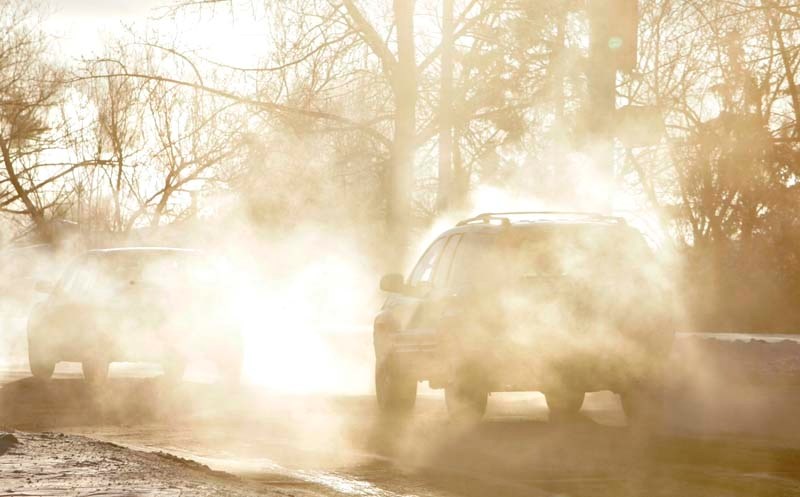Edmonton’s Earth Day will be teeny-tiny this year as the eco-festival struggles to find a permanent home.
April 22 is Earth Day, an international event meant to promote awareness of environmental issues.
Edmonton’s Earth Day festival usually draws thousands of area residents, but has been plagued in the past by poor weather.
This year’s celebration was almost cancelled when Fort Edmonton Park declined to host it, said outgoing festival co-ordinator and St. Albert resident Janice Shoults, citing concerns over the number of attendees.
“We were pretty devastated,” she said. “We thought we would have to cancel the event because there was literally no place to put it.”
Then, just 12 days before Earth Day, Edmonton resident and Earth’s General Store owner Michael Kalmanovitch stepped in and agreed to host the event. Shoults expressed great thanks for his actions.
This year’s festival will be held in the parking lot outside of Edmonton’s Earth’s General Store, Shoults said. Space is tight, but there will still be a free vegetable barbecue, live entertainment and 12 exhibitors there available to speak on environmental issues.
This year’s theme is “small is beautiful,” Shoults said, and will focus on simple actions people can take to help the environment. “It doesn’t have to be a big huge event to have an impact.”
Organizers are now looking for a home for next year’s event, Shoults said. “We feel like nomads right now.” The event was not in danger of disappearing, she emphasized.
The free event runs from 11 a.m. to 4 p.m. this April 20 at 9605-82 Ave. in Edmonton. Visit egs.ca for details.
St. Albert’s corporate greenhouse gas reductions have fallen for the first time in years, says the latest report on the environment. But don’t celebrate too much: it’s probably due to the weather.
The City of St. Albert released its 2012 Report on the Environment on Wednesday. The annual report tracks the city’s progress towards goals set in its Environmental Master Plan, and usually comes out around Earth Day.
There’s a lot of good news in this year’s report, said Leah Kongsrude, the city’s manager of community sustainability. St. Albert has blown past both of its waste reduction goals, for example, and continues to beat its pesticide reduction targets.
St. Albert also learned that it would be getting an air quality monitoring station last year – the 12th such station in the capital region. “We’ve received verbal confirmation that it’ll probably go in Lacombe Park,” Kongsrude said, likely near the Lacombe Park reservoir. The station itself will likely be operational by 2014.
The report also suggests that the city’s corporate greenhouse gas reductions fell for the first time since records began in 2008. The city emitted about 31,266 tonnes of emissions last year, the report says, down from 2011’s peak of 32,251. The city aims to reduce this to 28,873 tonnes by 2020.
This reduction came despite the fact that the city was still developing its emission reduction strategy, the draft of which is set to reach council this summer.
“Honestly, it’s probably because of the weather,” Kongsrude said of the drop. Last year’s mild temperatures would have meant less energy use by city staff, reducing emissions. “If (emissions) go down again next year, that would be great.”
The city’s overall emissions were likely up or stable relative to last year, she added. City-wide emissions are measured every five years.
Nutrient levels in the Sturgeon are above guidelines for protection of aquatic life, she said, likely due in part to fertilizer runoff from the city. Bacterial levels also rise noticeably downstream of the city, due mostly to excrement from pets.
“The biggest thing we could do (here) would be to pass the animal bylaw,” said Kongsrude, speaking in advance of Monday’s council debate on it, as the law would require people to carry bags to pick up dog waste. Council passed said law on Monday.
The report on the environment can be found at www.stalbert.ca.




